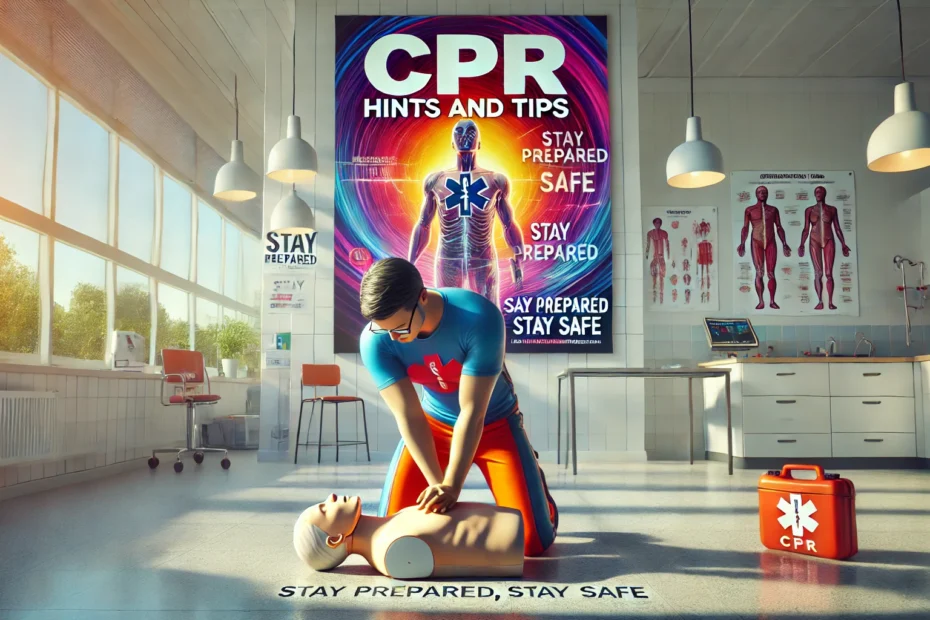In the critical moments following a cardiac arrest, immediate action can mean the difference between life and death. One of the most effective and accessible forms of emergency response is compression-only, or hands-only, CPR. This simplified approach to cardiopulmonary resuscitation (CPR) focuses solely on chest compressions, making it easier for bystanders to assist without the hesitation that may come with traditional CPR techniques. Here, we explore the importance, benefits, and application of hands-only CPR.
What is Hands-Only CPR?
Hands-only CPR involves performing chest compressions without the addition of rescue breaths. This method has been recommended by the American Heart Association (AHA) for use in cases of adult sudden cardiac arrest when a bystander is untrained in conventional CPR or uncomfortable providing mouth-to-mouth ventilation.
Why Hands-Only CPR Works
During cardiac arrest, the heart stops beating effectively, and the flow of oxygen-rich blood to the brain and other vital organs ceases. Chest compressions help to manually circulate the blood, delivering oxygen to essential organs and maintaining bodily functions until professional medical help arrives. Research indicates that hands-only CPR can be as effective as conventional CPR in the first few critical minutes after cardiac arrest, especially if performed immediately and correctly.
The Benefits of Hands-Only CPR
- Simplicity and Accessibility: Hands-only CPR eliminates the need for mouth-to-mouth resuscitation, making it easier for untrained bystanders to perform.
- Increased Bystander Participation: Many people hesitate to perform CPR due to concerns about performing mouth-to-mouth breaths. Hands-only CPR reduces this barrier, encouraging more people to act in emergencies.
- Reduced Delay in Response: By focusing solely on chest compressions, hands-only CPR can be initiated more quickly, ensuring that circulation is restored as soon as possible.
How to Perform Hands-Only CPR
- Check for Responsiveness and Call for Help: If someone collapses and is unresponsive, call 911 or have someone else call.
- Position Your Hands: Place the heel of one hand in the center of the person’s chest, with the other hand on top, interlocking your fingers.
- Start Compressions: Push hard and fast, at a rate of 100-120 compressions per minute, to the beat of a song like “Stayin’ Alive” by the Bee Gees. Compress the chest at least 2 inches deep for adults.
- Continue Until Help Arrives: Keep performing compressions until emergency medical personnel take over or the person shows signs of life.
When to Use Hands-Only CPR
Hands-only CPR is most effective in the following scenarios:
- Sudden Cardiac Arrest in Adults: Particularly when it occurs in a public setting and within the first few minutes.
- Untrained Bystanders: When a person who witnesses the arrest is untrained in conventional CPR techniques.
Conclusion
Hands-only CPR is a powerful tool that can significantly increase the chances of survival for someone experiencing sudden cardiac arrest. Its simplicity and effectiveness make it an invaluable skill for anyone to learn. By understanding and promoting hands-only CPR, we can empower more people to act swiftly and confidently in emergency situations, ultimately saving more lives.
If you’re ready to take the next step and become CPR certified, visit Delphi CPR Training Center for more information. Their courses will equip you with the knowledge and confidence to act in an emergency, ensuring you’re prepared to be the help someone desperately needs.
